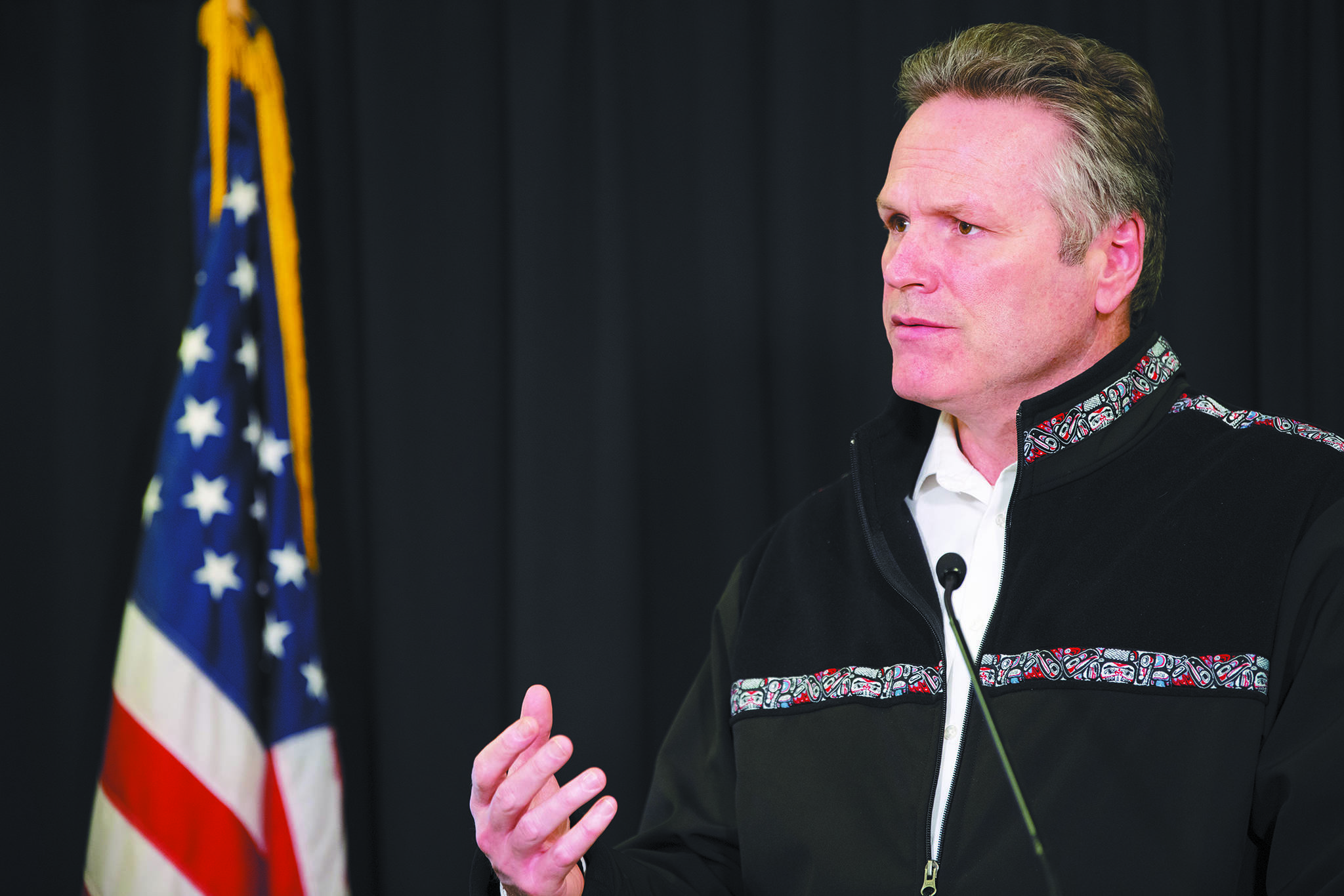Late on a cold Tuesday in January, a plane evacuating 201 Americans from Wuhan, China landed in Anchorage. Each passenger was screened for COVID-19 and sent on their way to California.
No one was talking about a global pandemic. Just a week prior, the World Health Organization had belatedly confirmed human-to-human transmission while continuing to claim the virus had a surface life of “a few hours.” But as health authorities worked to decontaminate the empty terminal, we knew something wasn’t right. We stood up our disaster team and began repurposing them for a pandemic.
For most, January seems like a lifetime ago. Predictive models have since improved, and our knowledge of the disease has continuously grown. Fear of the unknown has been replaced by the realization that we can control the spread of the virus.
Thanks to Alaskans’ adherence to social distancing, our numbers have stayed low and are trending down while recoveries continue to outpace new cases. It’s time to tackle the other side of this global disaster.
From the very beginning, my administration was acutely aware of the economic carnage being wrought across the globe as populations altered their daily lives to mitigate this new threat. For some time, we lacked the data to determine if we could safely resume economic activity.
Now, after weeks of planning and months of research, we are confident that we have the understanding, tools and data necessary to institute a phased economic reopening that will not threaten our hospital capacity. The decisions we make continue to be guided by four key metrics:
• Is the number of active cases manageable?
• Can we test every suspected COVID-19 case and conduct focused asymptomatic screenings?
• Can we follow up on each case by quarantining the patient and conducting contact tracing?
• Do we have the hospital capacity to care for each severe case and still provide care for non-COVID patients?
This does not mean the pandemic is behind us, nor should our optimism be misinterpreted as overconfidence. Until a vaccine or effective treatment is developed, COVID-19 will remain a part of our lives. Should clusters of cases appear, each outbreak will be isolated. Monitoring will be conducted around the clock, and the short-term health of Alaskans will always be our top priority.
But it is also a certainty that the mid- and long-term health of Alaskans is dependent on a functional economy. Alaskans must be able to visit their doctors, pay rent and buy food for their families. An economic shutdown is a last, protective resort and should always be treated as such. We must bring our economy back to life sooner than later.
Utilizing the science and tools available to us, it’s time for Alaska to chart a careful and deliberate path out of the pandemic fog. The continued cooperation of all Alaskans will be needed. Now more than ever is the time to mask up, stay 6 feet apart, wash your hands and protect the vulnerable. If you can work from home, continue to do so. We must normalize this new normal to ensure our economic future.
For those unconvinced, your concerns are not lost on me. It’s difficult to let go of a place of perceived safety. But it’s time to trade those fears for resourcefulness. Over the past month, we’ve learned we have the tools to stop the spread. Should the situation become untenable, we will adjust accordingly to prevent the virus from getting the upper hand.
As we move toward this new normal, it’s worth remembering what made our recovery possible. Some may point to the health mandates, but they’d be wrong. Mandates serve little purpose without your consent and willing cooperation. We knew this from the start when we chose to deemphasize enforcement in favor of voluntary cooperation.
It was you, Alaskans, who worked together to protect our elders and each other. It was you who prevented the scenes in Italy and New York City from transpiring in Alaska. It was you who made us the envy of our fellow states.
Your efforts will never be forgotten. Because of you, we’ve kept the worst of this pandemic at bay. Through your continued dedication we will all get back to work and get our economy moving forward again.
Gov. Mike Dunleavy is the 12th governor of the State of Alaska.


